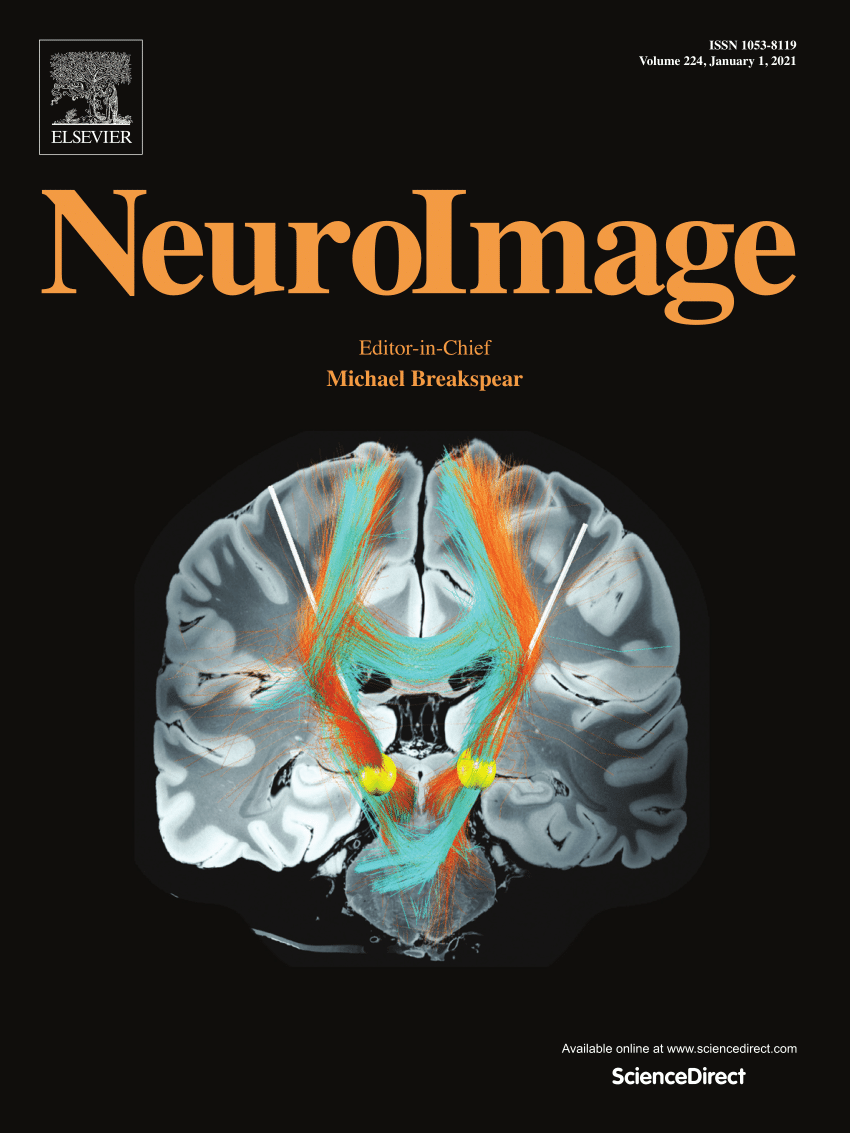Examining the role of novelty detection in 20- and 40-Hz auditory steady-state responses
IF 4.7
2区 医学
Q1 NEUROIMAGING
引用次数: 0
Abstract
An auditory steady-state response (ASSR) is an electrophysiological response to periodic stimuli that reflects the synchronization of endogenous oscillations. The 40-Hz ASSR is reduced in patients with schizophrenia, bipolar disorder, and autism spectrum disorder, making it a candidate biomarker for these psychiatric disorders. Previous studies have revealed that experimental conditions such as stimulus duration and inter-stimulus interval tend to affect ASSR, suggesting that novelty detection may play an important role in determining the magnitude of ASSR. The present study is the first to investigate the effect of novelty detection on 20- and 40-Hz ASSRs in healthy individuals. Magnetoencephalography recordings were obtained from 30 healthy adults exposed to auditory stimuli at 20 and 40 Hz. The stimuli were presented in three paradigms: 20- and 40-Hz repetitive presentations and random presentation, the latter being categorized by whether the preceding stimulus was the same (S trials) or different (D trials). The ASSR amplitude and inter-trial phase coherence (ITPC) were assessed via time-frequency analysis. The results revealed that the 20-Hz ASSR was suppressed with increased novelty, with the highest amplitude and ITPC observed during repetitive presentation. In contrast, the 40-Hz ASSR was enhanced by increased novelty, with the greatest measures observed during the D trials. These findings show that novelty detection modulates 20- and 40-Hz ASSRs in opposite directions, highlighting its critical role in shaping stimulus-induced oscillatory responses. This frequency-specific modulation pattern may provide a novel perspective for understanding ASSR abnormalities in psychiatric disorders.
求助全文
约1分钟内获得全文
求助全文
来源期刊

NeuroImage
医学-核医学
CiteScore
11.30
自引率
10.50%
发文量
809
审稿时长
63 days
期刊介绍:
NeuroImage, a Journal of Brain Function provides a vehicle for communicating important advances in acquiring, analyzing, and modelling neuroimaging data and in applying these techniques to the study of structure-function and brain-behavior relationships. Though the emphasis is on the macroscopic level of human brain organization, meso-and microscopic neuroimaging across all species will be considered if informative for understanding the aforementioned relationships.
 求助内容:
求助内容: 应助结果提醒方式:
应助结果提醒方式:


